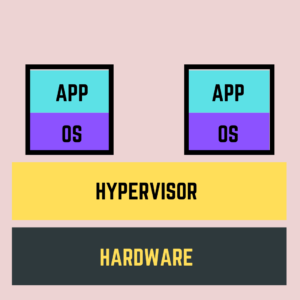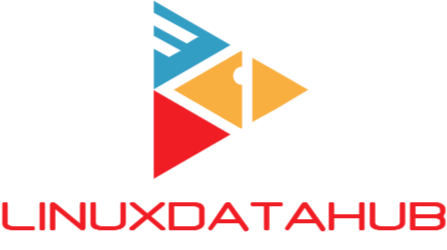Table of Contents
A Hypervisor is a software that enables a physical machine to share its resources across Multiple virtual machines. It is a hardware virtualization method which makes possible for a user to run multiple guest Operating systems on a single host system at the same, time using the host's resources.
What is a Cloud Hypervisor?
- A Cloud Hypervisor is a software which is used for sharing the resources of a cloud providers physical compute and memory resources across different individual Virtual machines (VMs)
- It is also called as Virtual machine monitor (VMM)
- Hypervisor will be using the physical host's resource as a resource pool and will allocate these resources to VMs as per the need and demand
- The Virtual machine spawned by the hypervisor will be independent of the host machine and other virtual machines
- Virtualization by Hypervisor helps in utilization of the underutilized resources. By Virtualization, there will be significant improvement in terms of time, money, real estate and downtime of the servers for maintenances
Types of Hypervisors
There are two types of hypervisors available for virtualization; Type 1 & Type 2
Type 1 Hypervisor
- Type 1 Hypervisor runs directly on host's hardware with no OS beneath it
- It acts as a host operating system (figuratively) and VMs will be scheduled by the hypervisor
- These Hypervisors are also known as native or bare metal hypervisor
- Some of the common hypervisors available are:
- VMware ESXi
- Microsoft Hyper-V
- Xen

Type 2 Hypervisor
- Type 2 Hypervisor runs on the host machine OS and uses the host OS for access to the resource pool
- VM resource are scheduled on the host OS, which is then executed on the hosts hardware
- These Hypervisors are also known as Hosted Hypervisors
- Type 2 hypervisors are better and often used for single user or home use
- Some of the common Type 2 hypervisors are:
- VMware Player
- VMware Workstation
- Oracle Virtual Box
- Latency of the Type 2 hypervisor is more than that of Type 1. This is because the communication between the hardware and the hypervisor is passing through the OS layer

Benefits of a Cloud Hypervisor
- Utilization: With hypervisor, multiple VMs can run on a single host machine. This helps in improving sever utilization and is a cost effective method when considering power, cooling, maintenance and real estate need for hosting of servers
- Reliability: With virtual machines, any issue in the underlying hardware will not be impacting the operability, as migration of VMs from faulty host machine to healthy host machine is supported
- Speed: VMs can be deployed instantly or with less time, when compared to a physical machine which will be taking more calendar days
- Monitoring: Hypervisors have inbuilt graphical dashboards, which give insights and information on the loads and health of the VMs
- Scalability: Scaling up a bare metal involves purchase, shipping and deploying time and cost. But with hypervisor, the VMs can be scaled up and down with a few clicks and few minutes of time
- Isolation: VMs hosted on the machine are isolated and works independently from other VMs. Any issue on one VM will not be impacting the operation of other VMs in the setups
Note: KVM (Kernel-based Virtual Machine) is a hybrid hypervisor with part Type1 and part Type2 characteristics. Refer this server fault query for more info on this debate
Hypervisors used by Leading Cloud Providers
Below are the major cloud providers and their hypervisor in cloud computing
- Amazon AWS EC2 uses customized Xen hypervisor
- The Google Cloud Platform (GCP) uses open-source KVM hypervisor
- The Microsoft Azure Cloud uses Microsoft Hyper-V hypervisor
